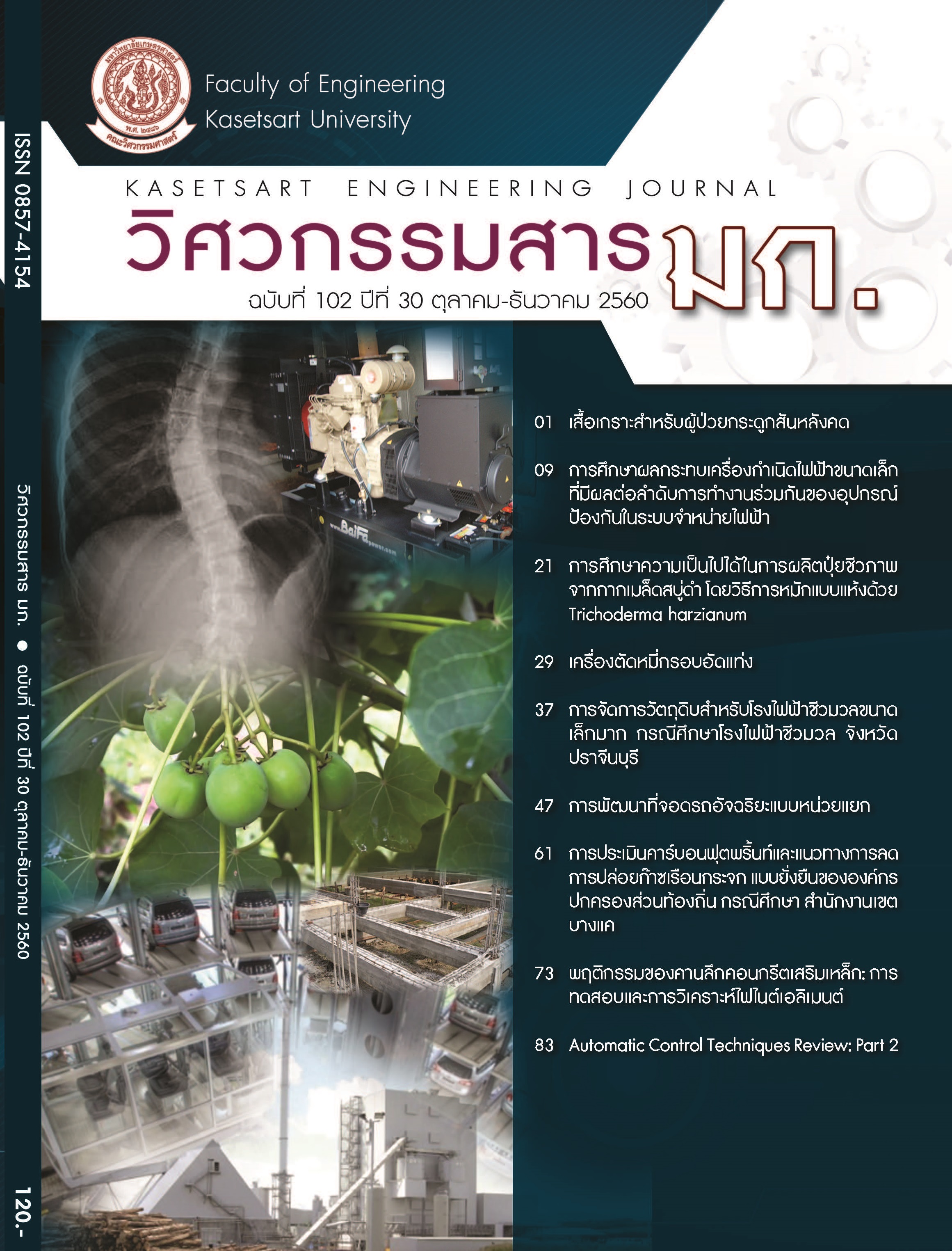The Study of Potential of Biofertilizer Production from Jatropha curcas Seed Cake using Solid-State Fermentation by Trichoderma harzianum
Keywords:
Jatropha curcas Seed Cake; Biofertilizer; Trichoderma harzianum; Phorbol esterAbstract
The objective of this work was to study the efficient utilization of Jatropha curcas seed cake. The optimized conditions of Trichoderma harzianum growth (based on glucosamine content) using Box-behnken experimental design. The result showed that the optimum conditions for the biofertilizer production by T. harzianum obtained from this experiment were 60% moisture content of substrate, 7.5% inoculums and 33oC incubation temperature which obtained the highest glucosamine content of 84 mg/gds. Then, the physiochemical parameters and elemental composition were analyzed and it indicated the potential of fertilizer from Jatropha curcas seed cake. From the results, pH (6.33), electrical conductivity (3.78ds/m), organic matter (47.48%), C/N ratio (8), nitrogen (3.61%), phosphorus (1.93%), potassium (2.29%) and phorbol ester content (0.093mg/g). From the optimized condition, the amount of phorbol ester residue in the Jatropha curcas seed cake was partly reduced (< 0.11 mg/g) due to toxins in the seed cake were removed by microbial fermentation. Therefore, utilization of Jatropha curcas seed cake as bio-fertilizer for vegetable crops was marked as a safe practice, both for the consumer consumption and soil environment. This outcome can be a choice to solve the problem of the increase in fertilizer prices.


